Optimal Timing for Tree Trimming
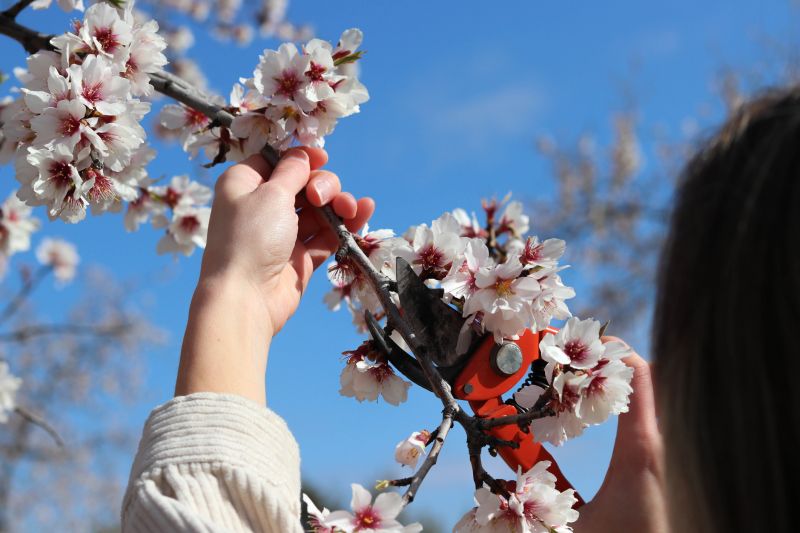
Spring is ideal for pruning to promote healthy growth and flowering.
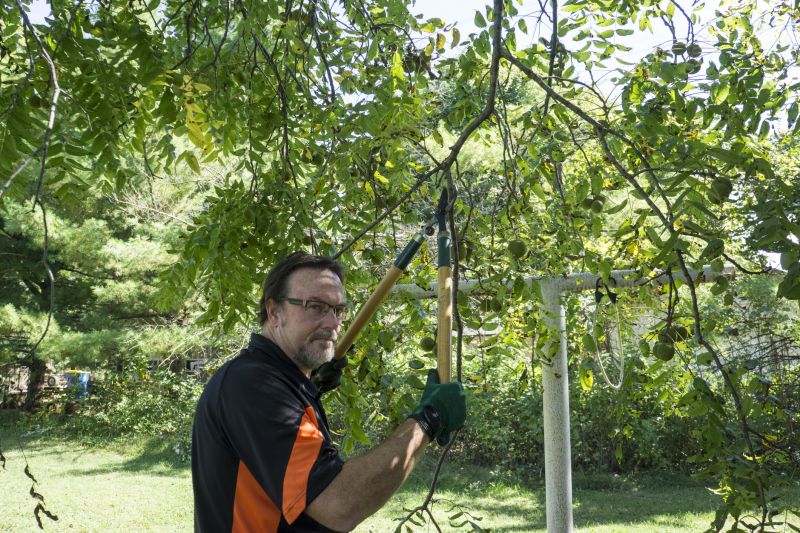
Summer trimming helps shape trees and remove dead or diseased branches.
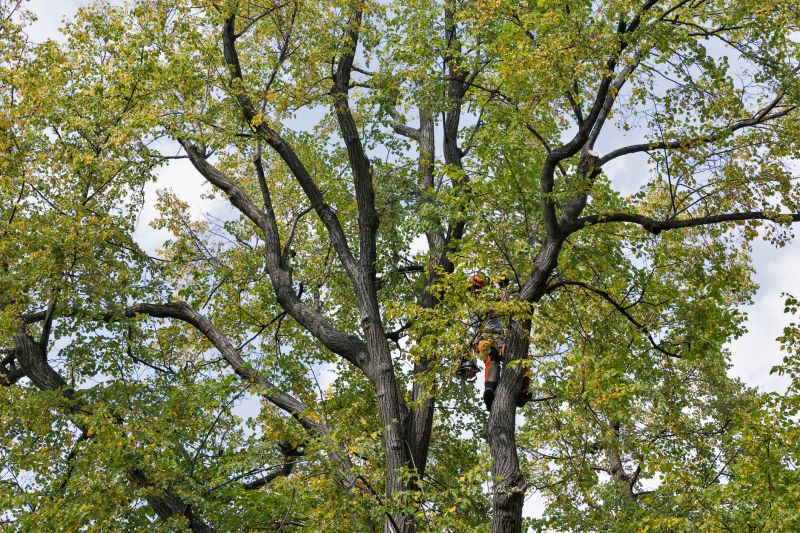
Fall trimming reduces risk of damage during winter storms and encourages healthy regrowth.
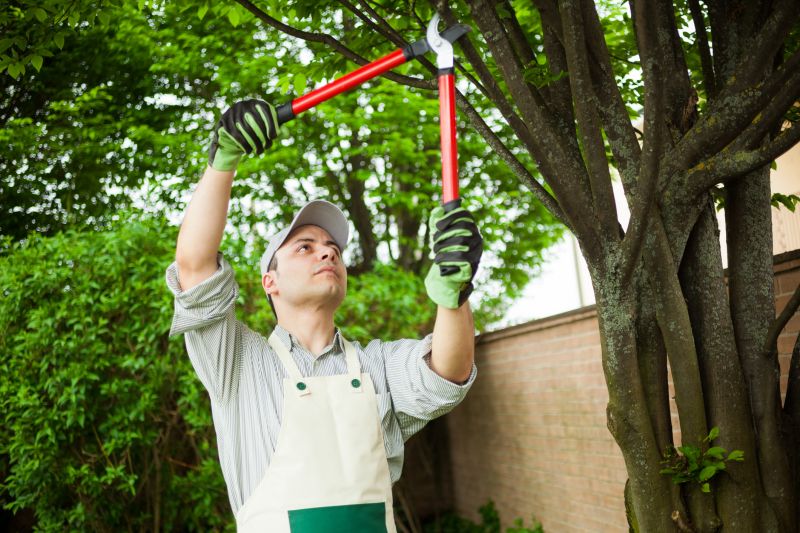
Winter pruning is suitable for dormant trees, allowing easier access and healthier cuts.
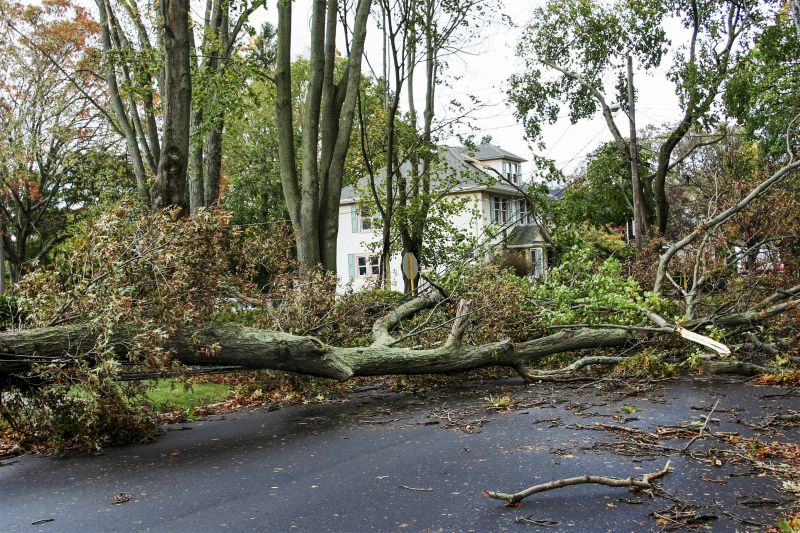
After storms, trimming removes broken or hazardous branches to ensure safety.
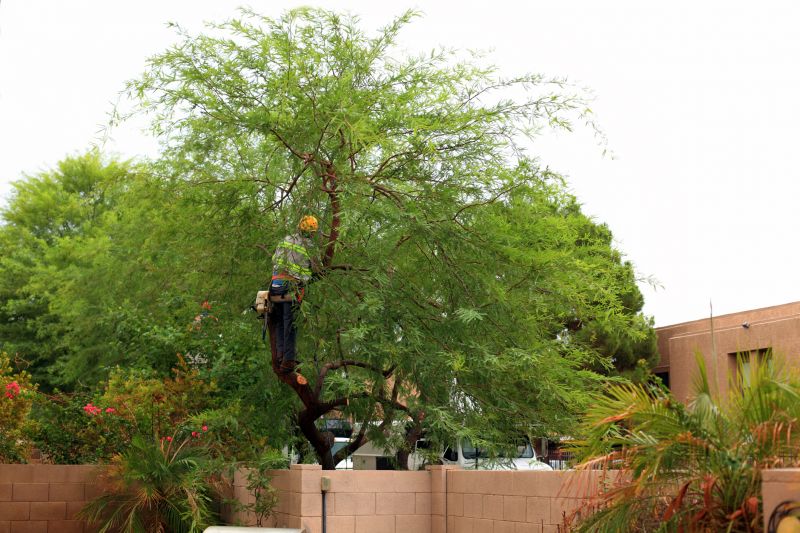
Different seasons influence growth cycles and optimal trimming times for various tree species.
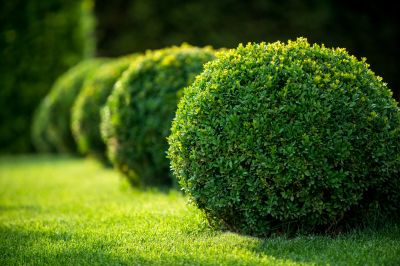
Ways to make Tree Trimmings work in tight or awkward layouts.
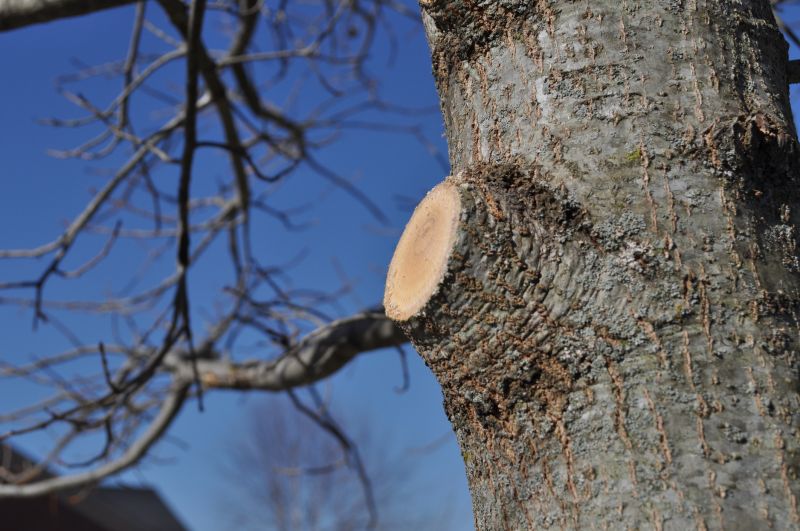
Popular materials for Tree Trimmings and why they hold up over time.

Simple add-ons that improve Tree Trimmings without blowing the budget.
Tree trimmings involve the removal of specific branches or parts of a tree to maintain health, safety, and aesthetic appeal. Proper timing ensures that trees recover quickly and continue to grow vigorously. Regular trimming can prevent disease spread, improve air circulation, and promote fruit or flower production. The timing of trimming varies depending on the tree species and local climate conditions.
Statistically, trees trimmed during their dormant season tend to experience less stress and heal faster. In regions like Nashua, NH, late winter and early spring are often considered optimal for most deciduous trees. However, ongoing maintenance during summer can help manage overgrowth and remove hazards. Understanding the growth cycle of specific trees aids in scheduling effective trimming sessions.
Timely tree trimming supports healthy growth, reduces disease risk, and enhances safety.
Look for dead, diseased, or crossing branches that need removal regardless of season.
Trimming at the wrong time can stress trees, impair growth, or lead to disease.
Some species require specific trimming times for optimal health and flowering.
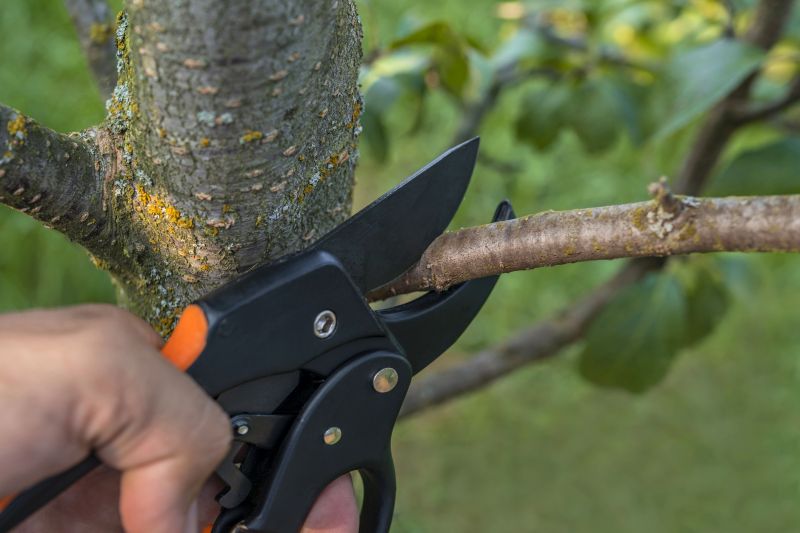
Tools like pruning shears and saws are essential for precise cuts.
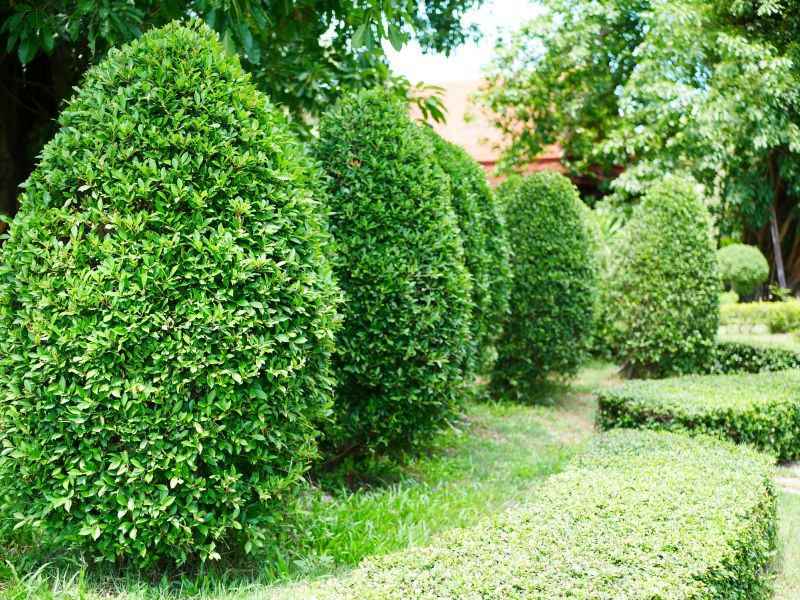
Proper trimming encourages vigorous and balanced growth.
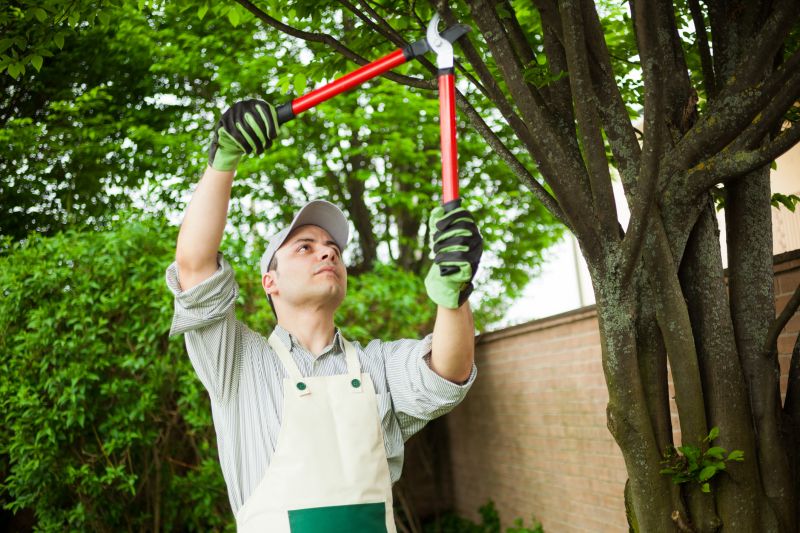
Trimming helps prevent falling branches during storms.

Correct techniques minimize stress and promote healing.
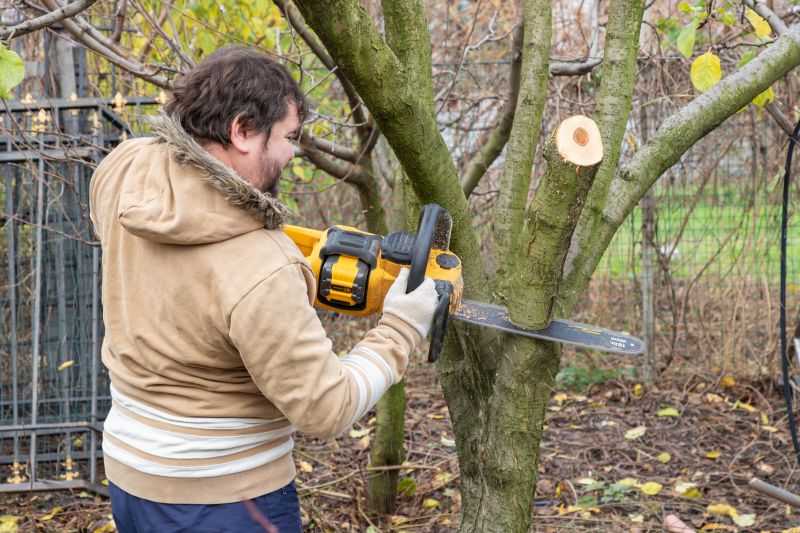
Adjust trimming practices according to seasonal growth patterns.

Monitoring trees after trimming ensures continued health.
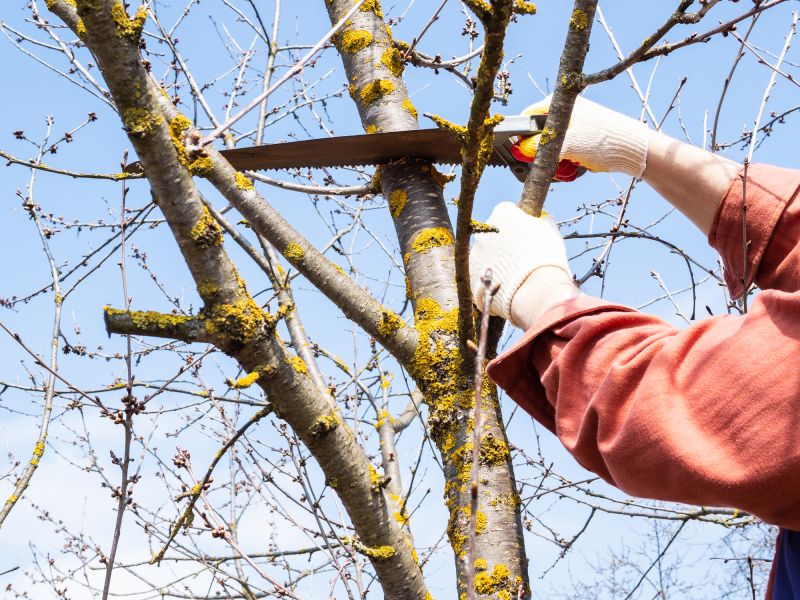
Regular inspections help identify issues early.
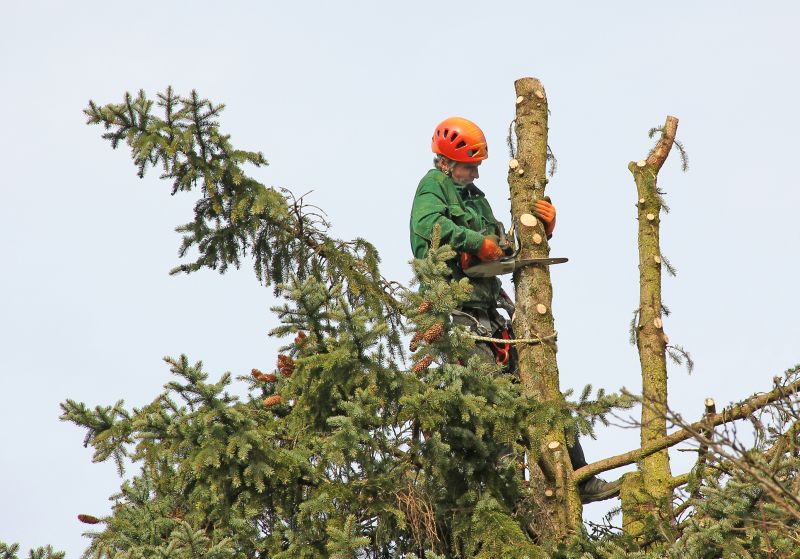
Use safety gear and proper techniques to prevent accidents.
| Season | Ideal Trimming Time |
|---|---|
| Spring | Late winter to early spring before new growth begins |
| Summer | Mid to late summer for shaping and maintenance |
| Fall | Early fall to prepare for winter and promote healthy regrowth |
| Winter | Dormant period, typically late winter |
| Post-Storm | Immediately after storms to remove hazards |
| Seasonal Note | Adjust based on tree species and local climate |
Interested in scheduling tree trimmings? Filling out the contact form can provide additional information and help plan the most suitable time for maintenance tailored to specific trees and landscape needs.
